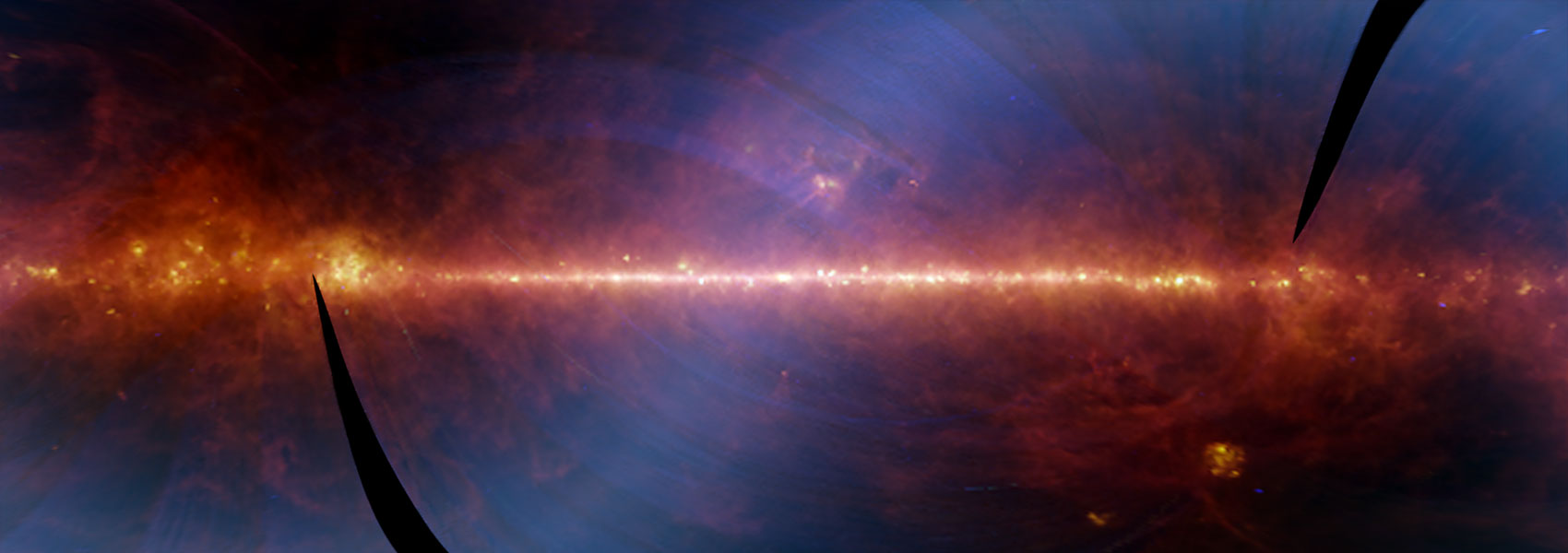
New NASA 3D Visualization Explores the Carina Nebula Complex

The Carina Nebula Complex is a vast region of star formation featured in numerous spectacular images including the giant Carina Nebula mosaic from the Hubble Space Telescope (2007) and the ethereal landscape of the Cosmic Cliffs from the James Webb Space Telescope (2022). Now, NASA’s Universe of Learning (NASA’s UoL) – a partnership among the Space Telescope Science Institute (STScI), Caltech/IPAC, Center for Astrophysics | Harvard & Smithsonian, and Jet Propulsion Laboratory – has released a new visualization that explores the breadth and depth of this glittering realm of star birth.
Titled “Star Formation From the Carina Nebula to the Cosmic Cliffs,” this video uses data from NASA’s Hubble, Webb, and retired Spitzer space telescopes, as well as the Chandra X-ray Observatory, to examine star formation and its effects within the Carina Nebula Complex. The initial sequences travel across the variety of landscapes within Carina and set the stage for a highlight sequence that tours the Cosmic Cliffs in 3D.
Using stunning cinematic visuals, this narrated short film takes audiences on a journey through the nebula, inspiring wonder and interest in learning about our universe. Viewers explore star formation and gain insight into how newborn stars energize and reshape the dust clouds in which they form. The sequences vividly demonstrate that observations at different wavelengths of light highlight different, yet related, features of the nebulas. Ultimately, audiences learn not only the connections between stars, dust, and gas within nebulas, but also how a fleet of space telescopes covering many wavelengths of light provide a deeper understanding of the universe.
“Bringing this amazing set of multiwavelength images to life showcases the variety of scientific features revealed by NASA’s space observatories,” said STScI’s Frank Summers, principal visualization scientist and leader of the NASA’s UoL AstroViz Project. “Plus, with the Cosmic Cliffs fly-through, one can experience the three-dimensional structure inherent in the 2D image, and foster a better mental model of the universe.”
Across the entire Carina Nebula, the components of newborn stars, stellar winds, and energetic radiation sculpt structures, much like water sculpts mountains and valleys on Earth. The various characteristics of the cavities of gas and shells of dust manifest themselves in the wavelengths of visible, infrared, and x-ray light. A supporting video, “Flight to the Carina Nebula Complex,” uses 3D star data to illustrate the region’s location about 7,500 light-years away in the Carina constellation.
The Cosmic Cliffs represent a portion of a nebula known as Gum 31, which contains a young star cluster called NGC 3324. These stars have carved out a cavernous area with their intense ultraviolet radiation and stellar winds. These same intense emissions sculpted the landscape of the Cosmic Cliffs. Hot, ionized gas streams off the edges of these dust clouds, resembling mist on mountainsides. A shorter, non-narrated sequence, titled “Exploring the Cosmic Cliffs in 3D” focuses on the flythrough of this region.
The release of this visualization helps celebrate the International Planetarium Society’s commemoration of the 100th anniversary of the first public planetarium in Munich, Germany on May 7, 1925. The production from NASA’s UoL embraces the same planetarium tradition of bringing the universe to the public, showcasing its awesome beauty, and elucidating amazing scientific discoveries.
NASA's Universe of Learning is part of the NASA Science Activation program, from the Science Mission Directorate at NASA Headquarters. The Science Activation program connects NASA science experts, real content and experiences, and community leaders in a way that activates minds and promotes deeper understanding of our world and beyond. Using its direct connection to the science and the experts behind the science, NASA's Universe of Learning provides resources and experiences that enable youth, families, and lifelong learners to explore fundamental questions in science, experience how science is done, and discover the universe for themselves.
Media Contact:
Christine Pulliam
Space Telescope Science Institute, Baltimore, Md.
cpulliam@stsci.edu
- Date: May 7th, 2025
- Category: Project News
- View Image


